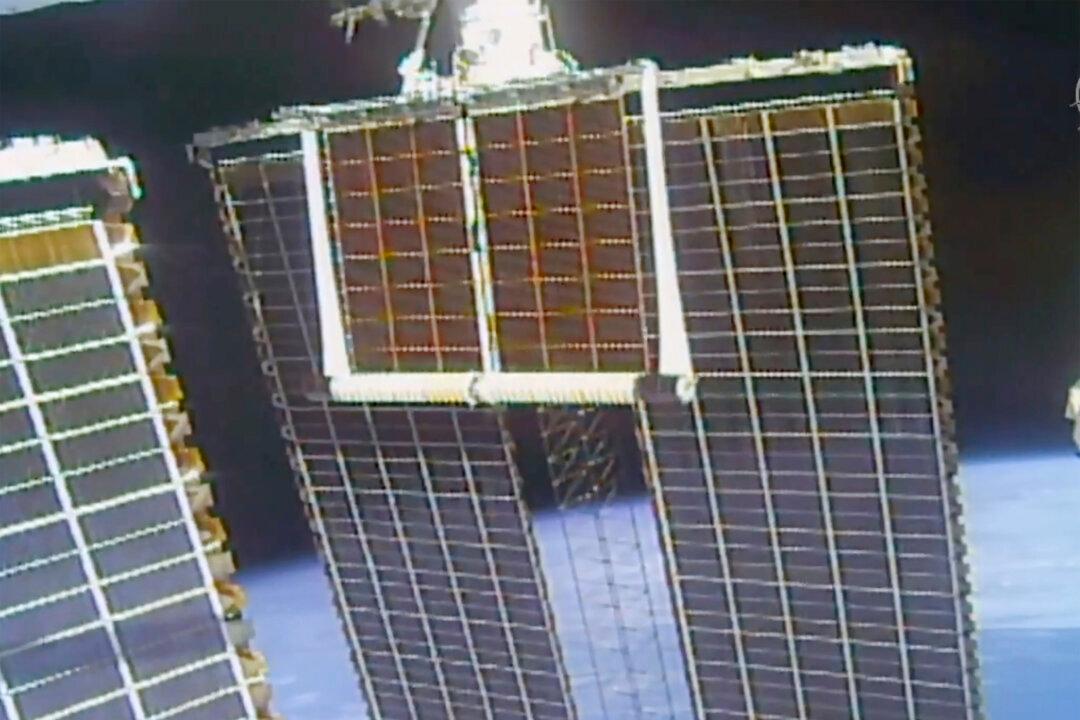Japan is exploring ways to beam solar power from space, a project that’s expected to be tested in 2025, even as concerns remain about the costs involved in such a project.
“If we can demonstrate our technology ahead of the rest of the world, it will also be a bargaining tool for space development with other countries,” Naoki Shinohara, a professor at Kyoto University, told Nikkei Asia.





